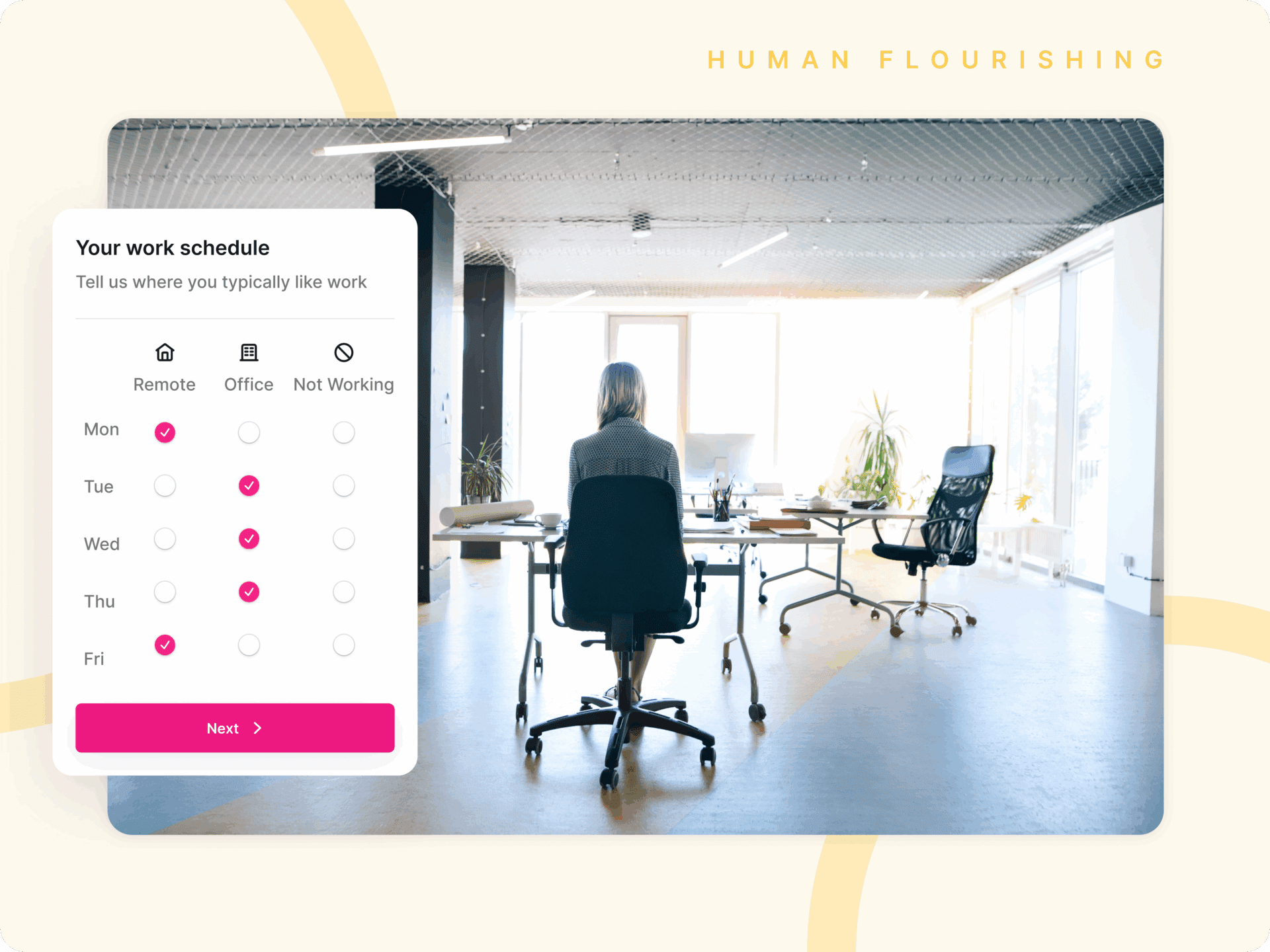Effective internal communication is the lifeblood of any thriving organization. It ensures that everyone is aligned, informed, and engaged, driving productivity and job satisfaction. However, many companies struggle with fostering clear and open communication among employees. If you’re looking to improve your internal communications, you’re in the right place.
I recently spoke to Internal Communications Consultant and Founder of Vision 29, Jo Coxhill. We discussed the importance of listening to your teams and what effective communication looks like. Watch our full conversation here.
And to help further, here are ten proven strategies to help you transform your internal communication efforts.
1. Embrace Open-Channel Communication
Creating an open-channel communication environment encourages transparency and trust within your team. Use tools like Slack or Microsoft Teams to facilitate real-time conversations. These platforms break down hierarchical barriers and enable employees to communicate openly, share ideas, and resolve issues swiftly.
2. Leverage The Power Of Video Communication
Video communication can bridge the gap between remote and in-office employees, fostering a more connected workforce. Regular video updates from leadership, video conferencing, and even short video messages can personalize communication and make it more engaging. Tools like Zoom, Google Meet, or Microsoft Teams are perfect for this purpose.
3. Implement Regular All-Hands Meetings
All-hands meetings are essential for ensuring everyone is on the same page. They provide a platform for leadership to share company updates, celebrate achievements, and address concerns. Make these meetings interactive by including Q&A sessions, polls, and shout-outs to encourage participation and keep employees engaged.
4. Adopt Announcement Features
Platforms like Kadence enhance team collaboration and communication. Send Announcements with key updates to select teams or to the company as a whole. They reduce the clutter of emails and ensure that important information is easily accessible within your homepage dashboard.
5. Encourage Feedback And Open Dialogue
Fostering a culture where feedback is valued and acted upon can significantly improve internal communications. Use anonymous surveys, suggestion boxes, and regular one-on-one meetings to gather employee feedback. Show that you value their input by implementing changes based on their suggestions and acknowledging their contributions.
6. Promote A Culture Of Inclusivity And Diversity
Inclusive communication practices ensure that everyone feels heard and respected. This includes being mindful of language, cultural differences, and accessibility needs. Providing training on inclusive communication and ensuring all materials are accessible to everyone will foster a more inclusive workplace.
7. Utilize Internal Newsletters
Internal newsletters are an excellent way to keep employees informed about company updates, upcoming events, and key achievements. They can also feature employee spotlights, team accomplishments, and fun facts to keep the content engaging. Ensure that the newsletters are concise, visually appealing, and sent out on a regular schedule.
8. Invest In Communication Training
Effective communication is a skill that can be developed. Provide training and workshops on communication skills, active listening, and emotional intelligence. Equipping your team with these skills will enhance their ability to communicate effectively and resolve conflicts amicably.
9. Foster Informal Communication
Not all communication has to be formal. Encourage informal communication through team-building activities, coffee chats, or virtual watercooler sessions. These informal interactions can strengthen relationships and improve overall communication within the team.
10. Measure And Analyze Communication Effectiveness
Regularly measuring and analyzing the effectiveness of your internal communication strategies is crucial. Use tools like employee engagement surveys, feedback forms, and analytics from your communication platforms to assess what’s working and what’s not. Use this data to make informed decisions and continuously improve your communication efforts.
Why Internal Communication Matters
Imagine a symphony orchestra where each musician plays their own tune without regard for others. The result would be chaos, not harmony. Similarly, in an organization, if departments and employees work in silos without effective communication, the result is confusion, inefficiency, and frustration.
Effective internal communication aligns everyone towards common goals, fosters a positive work environment, and drives organizational success. It ensures that employees are well-informed, motivated, and feel valued, which in turn boosts productivity and reduces turnover.
Addressing Common Pain Points
Many companies face common internal communication challenges such as information overload, lack of engagement, and miscommunication. Addressing these pain points requires a strategic approach and a commitment to continuous improvement.
Information Overload: Streamline communication by using centralized platforms and ensuring that messages are concise and relevant. Avoid bombarding employees with unnecessary information.
Lack of Engagement: Foster engagement through interactive meetings, encouraging feedback, and recognizing contributions. Make communication a two-way street where employees feel heard and valued. Communicate through platforms like Kadence that your teams are already using.
Miscommunication: Enhance clarity by using visual aids, providing communication training, and ensuring that messages are clear and concise. Regularly check in with employees to ensure that they understand and are aligned with the information shared.
Actionable Insights For Immediate Improvement
Start by assessing your current internal communication practices. Identify the gaps and pain points through surveys and feedback sessions. Then, implement the strategies outlined above, prioritizing those that address your most pressing issues. Remember, effective internal communication is an ongoing process that requires regular evaluation and adjustment.
Improving internal communications is not just about implementing tools and strategies; it’s about fostering a culture where communication is valued and prioritized. When employees feel informed, heard, and valued, they are more likely to be engaged and productive.
Take the time to understand the unique communication needs of your team. Tailor your strategies to fit those needs, and be open to feedback and continuous improvement. By doing so, you will create a more connected, motivated, and successful organization.
Final Thoughts
Effective internal communication is the cornerstone of a thriving organization. By implementing these ten strategies, you can create a more transparent, engaging, and productive workplace. Remember, the key to successful communication is consistency, openness, and a genuine commitment to understanding and meeting the needs of your employees.
Empower your team with the tools, training, and environment they need to communicate effectively. As you do, you’ll not only improve your internal communication but also drive your organization towards greater success. If you would like to hear about how Kadence can help you, book a demo with one of our team.




